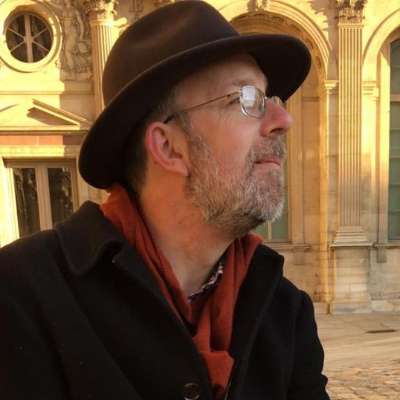Two years ago, when I told Ádám Fischer that I owned his recorded cycle of the complete Haydn symphonies, he chuckled and apologised, explaining that he didn’t like the first 40 or 50 he recorded with the Austro-Hungarian Haydn Orchestra in Eisenstadt’s Esterházy Palace. “I would do them differently today,” he confessed. Here was chance to put that to the test in a terrific programme with the Orchestra of the Age of Enlightenment concluding with Haydn’s no. 103. What a difference three decades make.
Where his earlier interpretation was amiable, this one zinged with energy and wit right from the off, timpanist Adrian Bending turning the “drumroll” which gives the symphony its nickname into a cheeky riff on the opening motif from Bach’s Christmas Oratorio*. Fischer’s Haydn now dances and twinkles. Bright-eyed violins tripped along the Allegro con spirito section of the first movement as light as thistledown. There was a galumphing gait to the second movement, like a portly country squire taking to the floor, Pavlo Beznosiuk’s violin solos adding rustic charm before the brief military ambush by the OAE trumpets. String attack was not always unanimous and a few reed blemishes suffered by the oboe were swiftly forgiven. Raucous horns were laugh out loud funny in the Minuet and the finale bristled with joy.
That joy radiated from the conductor’s podium. Fischer reminds me of an excitable schoolboy – the generous sleeves of his tailcoat suggesting he may eventually grow into it. He brims with exuberance, beaming at orchestral details which emerge from beneath his fingers, offering the occasional thumbs up encouragement to a section. Judging by the knowing grins of the two clarinettists – redundant in the Andante – Fischer is even more fun to watch face on.
Earlier, Fischer had led a spirited account of Mozart’s Prague Symphony spliced in two, the finale performed after the first of two arias from La clemenza di Tito. After a brooding Adagio, the Allegro raced along, the strings underpinned by four double basses across the back of the platform. The Andante was elegant and unrushed and – after the interpolation of “Non più di fiori” – the springy Presto finale was taken at breakneck speed, on the edge of what the woodwinds could accurately articulate.
The two Clemenza arias benefited from the magnetic stage presence of Stéphanie d'Oustrac and the artistry of Antony Pay, playing the florid obbligato clarinet role. While she couldn’t quite dig into the plummy low notes of Vitellia’s aria, Sesto’s “Parto, parto, ma tu, ben mio” was a splendid fit. She sang the role very recently in Paris and it showed; off-score and fixing the audience with a defiant glare, her ornamentations cascaded with ease. There was the occasional smudge as Pay – on a basset horn for “Non più di fiori” – puffed to keep up, but the grainy quality was well matched to d’Oustrac’s wide palette of mezzo coloration. After the interval, a real treat – Haydn’s Scena di Berenice, a concert aria based on a libretto by Metastasio. A series of dramatic recitatives and two arias, it’s far more gripping than any Haydn opera I’ve heard, Berenice mourning the death of her beloved Demetrio, eventually wishing for her own death to end her torment. D’Oustrac gave a feisty reading, her pointing of the text superb. Fischer, mouthing all the words, was with her all the way, the OAE fulminating at Berenice’s despair. Terrific.
* My thanks to Adrian Bending for pointing out that his timpani motto wasn't based on Bach, but on the first movement's main subject.


